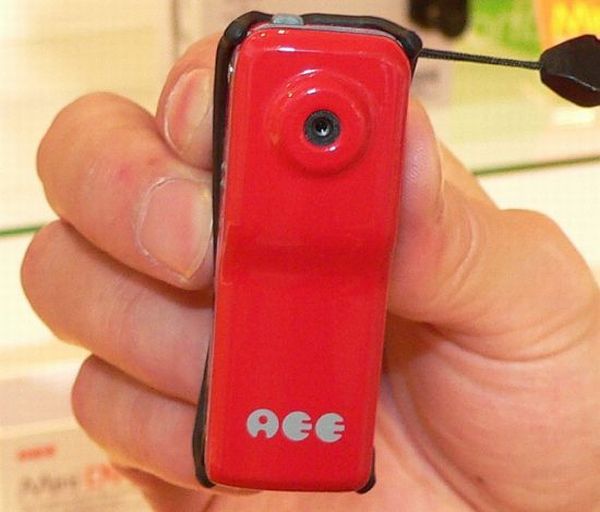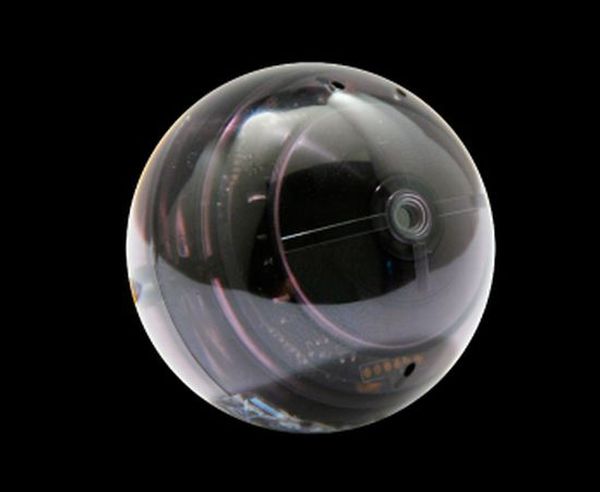Engineers Solve a Biological Mystery and Boost Artificial Intelligence
By simulating 25,000 generations of evolution within computers, Cornell University engineering and robotics researchers have discovered why biological networks tend to be organized as modules -- a finding that will lead to a deeper understanding of the evolution of complexity.
The new insight also will help evolve artificial intelligence, so robot brains can acquire the grace and cunning of animals.
From brains to gene regulatory networks, many biological entities are organized into modules -- dense clusters of interconnected parts within a complex network. For decades biologists have wanted to know why humans, bacteria and other organisms evolved in a modular fashion. Like engineers, nature builds things modularly by building and combining distinct parts, but that does not explain how such modularity evolved in the first place. Renowned biologists Richard Dawkins, Günter P. Wagner, and the late Stephen Jay Gould identified the question of modularity as central to the debate over "the evolution of complexity."
For years, the prevailing assumption was simply that modules evolved because entities that were modular could respond to change more quickly, and therefore had an adaptive advantage over their non-modular competitors. But that may not be enough to explain the origin of the phenomena.
The team discovered that evolution produces modules not because they produce more adaptable designs, but because modular designs have fewer and shorter network connections, which are costly to build and maintain. As it turned out, it was enough to include a "cost of wiring" to make evolution favor modular architectures.
This theory is detailed in "The Evolutionary Origins of Modularity," published January 29 in the Proceedings of the Royal Society by Hod Lipson, Cornell associate professor of mechanical and aerospace engineering; Jean-Baptiste Mouret, a robotics and computer science professor at Université Pierre et Marie Curie in Paris; and by Jeff Clune, a former visiting scientist at Cornell and currently an assistant professor of computer science at the University of Wyoming.
To test the theory, the researchers simulated the evolution of networks with and without a cost for network connections.
The results may help explain the near-universal presence of modularity in biological networks as diverse as neural networks -- such as animal brains -- and vascular networks, gene regulatory networks, protein-protein interaction networks, metabolic networks and even human-constructed networks such as the Internet.
"Being able to evolve modularity will let us create more complex, sophisticated computational brains," says Clune.
The National Science Foundation and the French National Research Agency funded this research.
source:sciencedaily





















